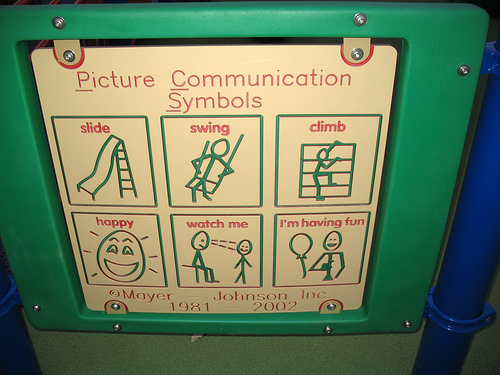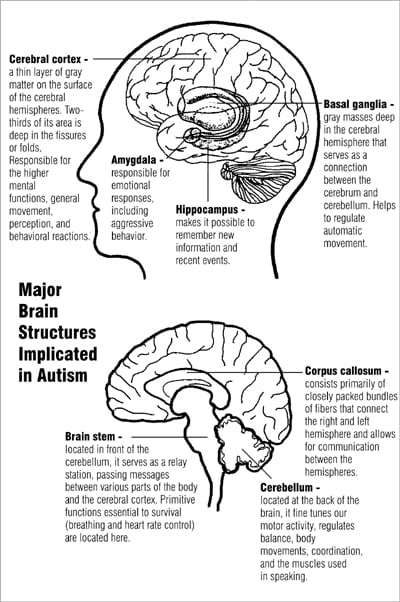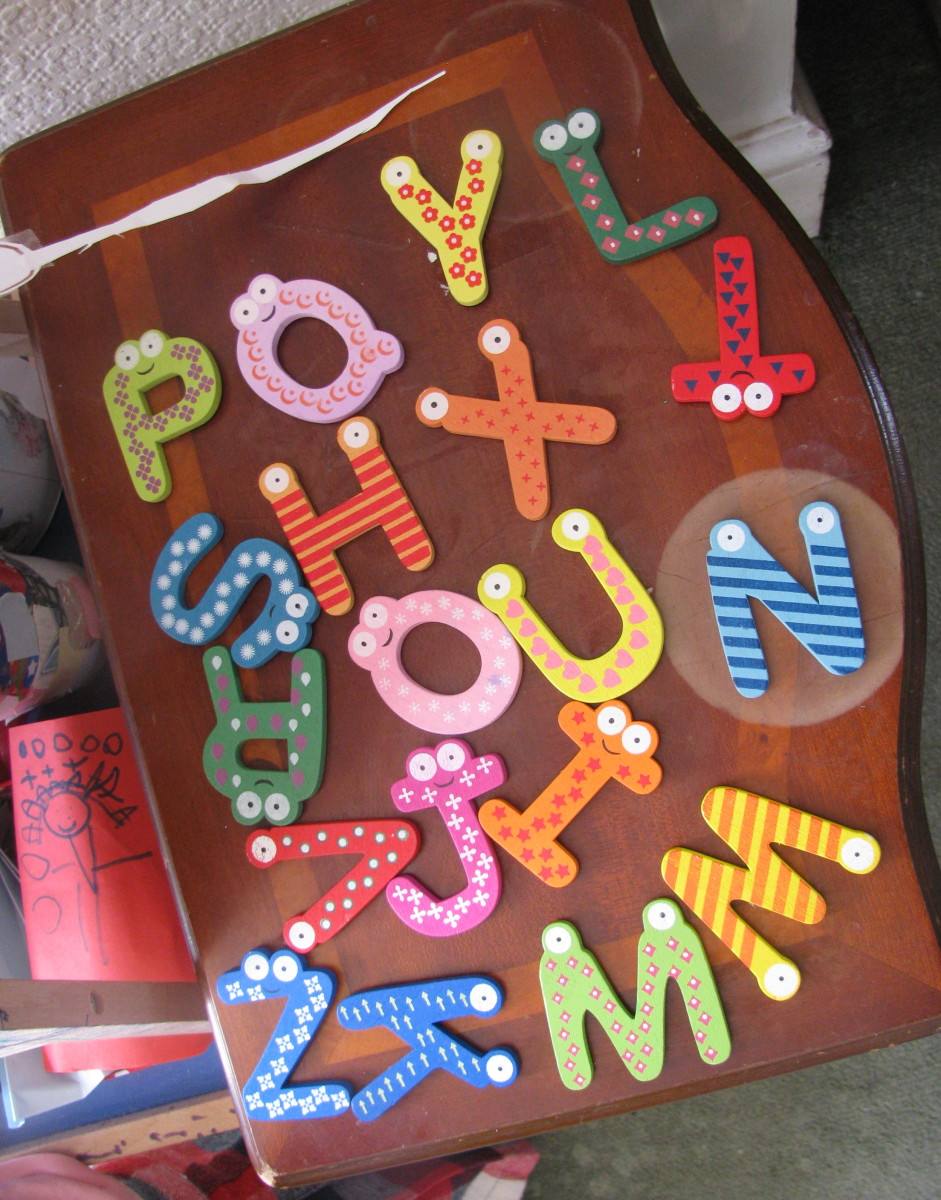- HubPages»
- Health»
- Diseases, Disorders & Conditions»
- Autism & Asperger's Syndrome
Suggestions on how to support a child who has autism in the classroom.
Children who have autism are often just as keen and able to learn as their neurotypical peers, however factors other than their abilities may hold them back from feeling comfortable in the classroom and developing their full potential.
Many simple or easy to implement strategies can be used to successfully combat or lessen these issues and make the experience of being at school more pleasant and less stressful for children who have autism and/or other related conditions.

1) Build up trust with the child through fun activities and showing an interest in them and their interests, likes and dislikes. Reassure and encourage them as needed. Praise for even small steps but do not make too much of a big thing of it or draw too much attention to the child or their achievement as this may cause discomfort and embarrassment. Follow their lead where possible.
2) Minimise disruptions to the child and their routine. Work away from the rest of the class when needed. Allow them to miss activities that are out of the normal routine such as class assembles or seasonal activities such as Christmas parties or end of term activities. If the child struggles with transitions, give lots of warnings (I.e. a countdown or similar) and allow the child to leave first or last if they need to not be crowded by others or are bothered by noise.
3) Observe child at all times and note any sensitivities (hyper or hypo) and how these may affect their school day. Make allowances for these where possible: for example allowing the child to use ear defenders during lunchtimes if they find them too noisy. Continuous observations and assessments make it easier to see when changes occur, how development is progressing and what triggers any difficulties.
4) Use the Common Core of Skills and Knowledge and Early Years and Foundation Stage guidelines. Use individual education maps at the required level and apply for statementing if appropriate.
5) Use tasks or subjects that the child knows or can do well to help build confidence and positive self-esteem. Do not make a big deal of any mistakes that do occur. Be honest about your own mistakes.

6) Use supports such as visual timetable and schedules, symbols and social stories.
7) Closed choices can be used to give choice and develop decision making skills without provoking too much anxiety or confusion over having too many options.
8) Use other professional services such as The National Autistic Society or specialist school services to inform practice. Work with other agencies to put in place strategies or to utilise services and therapies such as SALT.
9) Risk assessments maybe needed for the child’s safety and also the safety of other children if they are ever aggressive or violent. Staff must be aware of how to deal with meltdowns and aggressive/violent behaviours.

10) Incorporate the child’s special interests into their work if possible. This may encourage participation and communication. Use special interests as a motivational tool and as rewards.
11) Be aware of the child’s limitations in understanding and communication etc.
12) Be aware that the child may have difficulties in other areas as autism is often accompanied by co-morbid conditions.
13) Child may have low self-esteem or self-worth/confidence due to being aware that they are different. They may view these differences as a negative thing.
14) Talk to the child’s parent/carer to find out what strategies are used at home and what has been tried without success. Find out what they believe the child’s difficulties and strengths to be. Work closely with parent/carers on consistent approaches and keeping each other informed of what has happened at school/home and of any factors that may have an impact on the child’s behaviour or condition/s.
© 2013 Claire








